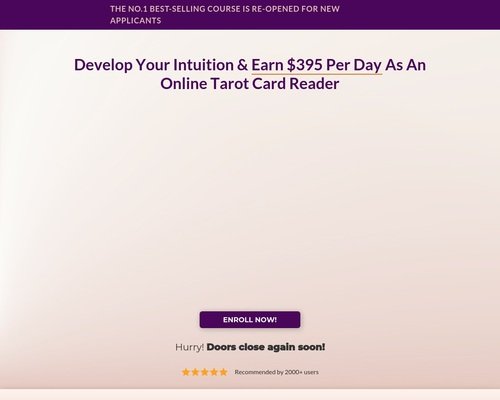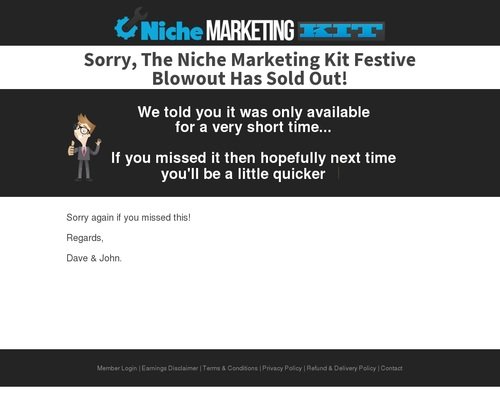Are High-Yield Cost Savings Accounts Worth It?


Editorial Note: We earn a commission from partner links on Forbes Consultant. Commissions do not impact our editors' viewpoints or examinations.
Many individuals are looking for better ways to grow their cash and wondering if a high-yield savings account may be the answer. Whether you're saving for a dream trip, constructing an emergency fund or merely checking out avenues to grow your cost savings, a high-yield cost savings account could assist you supercharge your savings.
However for all their benefits, these accounts aren't without their drawbacks– plus, some alternatives might be a much better suitable for your needs.
What Is a High-Yield Cost Savings Account?
A high-yield cost savings account is a kind of savings account offered mainly by online banks. It uses a considerably higher annual percentage yield (APY) than standard cost savings accounts at brick-and-mortar banks.
High-yield cost savings accounts are an appealing option for short-term cost savings goals and emergency funds. They're insured by the Federal Deposit Insurance Corporation (FDIC) or the National Cooperative Credit Union Administration (NCUA). That implies money you deposit is safe, up to the legal limits.
How Do High-Yield Savings Accounts Work?
High-yield savings accounts work by paying you interest on money you deposit into a savings account (usually with an online bank). These accounts generally provide greater rates of interest than conventional savings accounts because online banks have lower overhead expenses.
For instance, traditional savings accounts from huge nationwide banks typically earn around 0.01% APY, while the best high-yield savings accounts earn well over 4.00% APY. It's not uncommon for high-yield cost savings accounts to make over 400 times more interest than traditional savings accounts.
You can open a high-yield cost savings account with ease, frequently online and sometimes without any preliminary deposit required. While your cash grows with interest, you can access it through online transfers or, in some cases, ATMs.
Benefits and drawbacks of High-Yield Cost Savings Accounts
Pros
- Greater interest rates. High-yield cost savings accounts offer significantly higher APYs compared to traditional savings accounts, allowing your cost savings to grow more quickly. Some cost savings accounts earn 5% or more.
- Security and security. Funds deposited in these accounts are FDIC or NCUA-insured approximately $250,000 per depositor, so your money is safe.
- Easy access to money. You can transfer cash from your high-yield cost savings account utilizing an online bank transfer.
- Separation from costs. By separating your cost savings account from your bank account, you'll likely be less lured to impulsively spend cash you're attempting to save.
- No regular monthly fees. Many high-yield savings accounts don't charge month-to-month costs, so you can maximize your cost savings without extra costs.
Cons
- Withdrawal limitations. Like regular cost savings accounts, high-yield cost savings accounts might include a monthly withdrawal limitation, such as 6 withdrawals a month, and can charge a cost if you exceed this limit.
- Minimal access to your money. High-yield cost savings accounts frequently have fewer withdrawal methods than conventional savings accounts. For instance, some online banks do not offer an ATM network, and a lot of savings accounts don't come with a debit card. Some online banks may not offer a bank account, implying transferring funds to your external bank account might take an extra day or 2. Still, lots of online banks offer mobile banking apps that make it easy to transfer funds to your examining account on the go.
- APYs can fluctuate. Savings account rates of interest can change at any time. This unpredictability can impact your capability to forecast how much interest you might earn.
- Not perfect for long-term growth. While great for short-term objectives, high-yield savings accounts may not offer the growth required to construct long-term wealth. They often have relatively low long-lasting returns compared to stocks and bonds.
Is a High-Yield Cost Savings Account Worth It?
Having at least one high-yield cost savings account is worth it for many people. The finest high-yield savings accounts offer numerous benefits, consisting of competitive interest rates and safety. Here are two reasons why you might consider one:
- Emergency situation savings. High-yield cost savings accounts are an outstanding option for developing an emergency fund. They offer a safe location to save cash you might need readily offered for unanticipated expenditures. Keeping 3 to 6 months' worth of living expenses in a high-yield account is a typical standard.
- Short-term objectives. These accounts are also valuable for short-term monetary objectives. Whether you're saving for a getaway, a deposit on a home or a significant purchase, the liquidity and interest rates can help your money grow steadily without exposing it to significant threat.
While high-yield savings accounts offer greater interest rates than standard cost savings accounts, they might not exceed inflation, potentially eroding your purchasing power with time. As a result, they're not generally advised for long-lasting wealth-building or retirement savings.
To maximize your financial strategy, prevent keeping excessive cash in high-yield cost savings accounts. Rather, think about diversifying your financial investments for long-lasting growth and wealth preservation.
Alternatives to High-Yield Cost Savings Accounts
Depending upon your monetary situation, a high-yield cost savings account might not deserve it. In those cases, there are options.
Inspecting Accounts
Checking accounts are the go-to alternative for daily spending and expense payments. However they're not usually ideal for conserving money since they make little to no interest. Select a bank account over a high-yield savings account when you need instant access to your money to cover day-to-day living expenditures. These accounts feature a debit card and have no transaction limitations.
Certificates of Deposits (CDs)
Certificates of deposit (CDs) can be a good alternative to high-yield savings accounts when you have a particular cost savings goal in mind and can pay for to lock your cash away for a set period of time.
CDs typically offer higher rate of interest than cost savings accounts but require you to leave your cash untouched for a predetermined period. They're perfect for longer-term savings objectives, like a deposit on a home or moneying a significant purchase, when you can afford to let your cash grow without regular gain access to.
Cash Market Accounts
A money market account (MIXED MARTIAL ARTS) is a hybrid financial product that integrates functions of both cost savings and examining accounts. It normally offers greater rates of interest than regular savings accounts and permits limited check-writing and debit card gain access to.
Compared to a high-yield savings account, MMAs provide you more ways to access your money and may feature slightly greater interest rates. Nevertheless, they usually require a much greater minimum opening deposit.
How To Pick the Right High-Yield Savings Account
Not all high-yield savings accounts are the exact same. Use these elements to discover an account that aligns with your financial objectives and can assist you maximize your cost savings potential.
- Yearly portion yield. Start by comparing the APYs provided by various banks. With a higher APY, your cash will grow much faster. Use a savings calculator to approximate your revenues.
- Minimum opening deposit. Think about just how much cash you have readily available to open the account. Some need a minimum deposit, while others don't.
- Minimum balance requirements. Evaluation whether the account requires a minimum balance to earn interest or prevent fees. Go with an account with workable or no balance requirements.
- Fees. Analyze the charge structure, consisting of regular monthly service fees, charges for falling below the minimum balance and excess deal charges. Search for accounts with minimal or no fees.
- Convenience. Examine the account's benefit aspects, like ATM gain access to, mobile banking and client service quality. Ensure it aligns with your choices.
- Withdrawal limitations. Check if the account has constraints on the number of free regular monthly withdrawals. Select an account that fits your withdrawal needs.
- FDIC or NCUA insurance. Guarantee the financial institution you choose is FDIC or NCUA-insured so your money is safeguarded.


